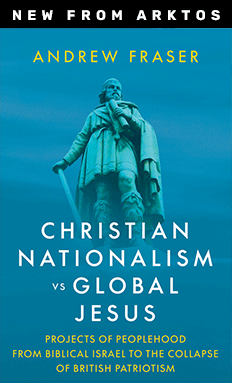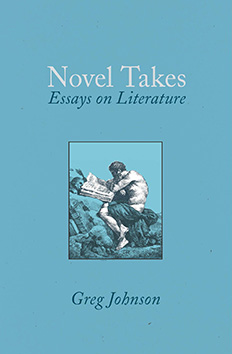Denver’s Multiracial Population Is Growing So Much It Now Outpaces NYC, D.C. And San Francisco
Megan Ulu-Lani Boyanton, Denver Post, January 10, 2024
Lydia Flynn, 61, put a lot of planning into raising her mixed-race children — intent on protecting them from the prejudices she faced in her youth as a Black girl in Colorado.
{snip}
Today, the Mile High City looks more like Flynn’s children, with almost 13% of the population identifying as two or more races, according to last year’s Census Bureau data. That’s more than quadruple the national figure of 3%, with a higher percentage of multiracial people than Washington, D.C., at about 7%; New York City at almost 9%; Seattle at around 9%; San Francisco at 9.5%; and Chicago at close to 10%.
Comparatively, the percentage in Los Angeles is the same as Denver: 12.7%. Cities with an even higher percentage include San Diego at 13%, Houston at 15% and Miami at 32%.
Denver isn’t nationally known for its uber-diverse population, with 54% of its residents identifying as white alone and around 29% as Hispanic or Latino. However, multiracial Americans say they’re choosing to live in the city — sometimes, moving from across the country to do so — largely because of its overarching attitude to live and let live.
“Denver represents a beautiful melting pot of everybody,” Flynn said.
Because her family members fell in love with people of other ethnicities, “I didn’t really think dating someone outside my race was such a big deal,” she said.
When she and her then-husband were debating where to live, Flynn researched Denver’s most diverse neighborhoods.
“My neighbors need to look like my family,” she said. “I need to see color; I need to see diversity.”
When they settled on Green Valley Ranch, she thought, “I’m home.”
Her 25-year-old son, Zachary, attended Thomas Jefferson High School in Denver’s Southmoor Park neighborhood, while her 31-year-old daughter, Lauren, went to George Washington High School near Glendale.
As far as Flynn knows, her children didn’t face racism at school, and are “very proud” of who they are. “It means I did it right,” she added.
Now, her daughter and her wife, who is white, want multiracial children of their own.
“I don’t know when the world kind of pivoted, and it became the cool thing to be the mixed-race kid,” Flynn said. “It’s an awesome thing.”
{snip}
Jennifer Ho, professor of ethnic studies at the University of Colorado Boulder, called it “relatively new” for Americans to be presented with the choice to identify as more than one race on the U.S. Census, with the agency first allowing self-identification of multiple races in 2000.
It predicts that the country will “become a majority-minority nation for the first time in 2043,” with no racial group in the majority, but the non-Hispanic white population still counting as the biggest.
If the complicated issue of multiraciality is drilled down to percentages of racial composition of DNA, then “most white Americans and most Black Americans — they’re actually mixed race,” Ho said. In cities like New York City and Los Angeles, “there might actually be numbers of mixed-race people who are simply not identifying as mixed-race.”
The multiracial experience varies not only based on an individual’s skin color, but also their area of residence.
For example, Ho has lived in Boulder County since 2019, which she describes as a “liberal bubble” that identifies racially as about 77% white alone. Despite the area’s progressive politics, some people of color “will tell you that they feel out of place in Boulder,” Ho said.
Meanwhile, she points to Denver as “a much more hospitable place for non-white people.” Driving down Federal Boulevard, passersby will see Vietnamese, Chinese and Spanish languages.
“We are becoming a more mixed-race country,” Ho said. {snip}
{snip}
Shabana Waheed, a 41-year-old Commerce City resident, is trying to connect with her paternal Pakistani culture now as an adult. {snip}
{snip}
Upon hearing that multiracial people make up almost 13% of Denver’s population, she said, “I expected that number to be more.”
Now, Waheed is raising two mixed-race children with her husband Matt, who claims Mexican, Spanish and English roots. {snip}
Waheed notes that her children’s life experiences also differ from her own because they’re white-passing: an experience shared by some mixed-race people who “hold a non-dominant racial identity and yet are perceived as white by others,” according to Smith College.
“People need to consider that mixed people also have a very different experience than just being white,” Waheed said. On the other hand, “I know that someone who is Black is going to have a way harder time than myself or my kids.”
“I recognize my own privilege as a mixed person,” she added.
{snip}















